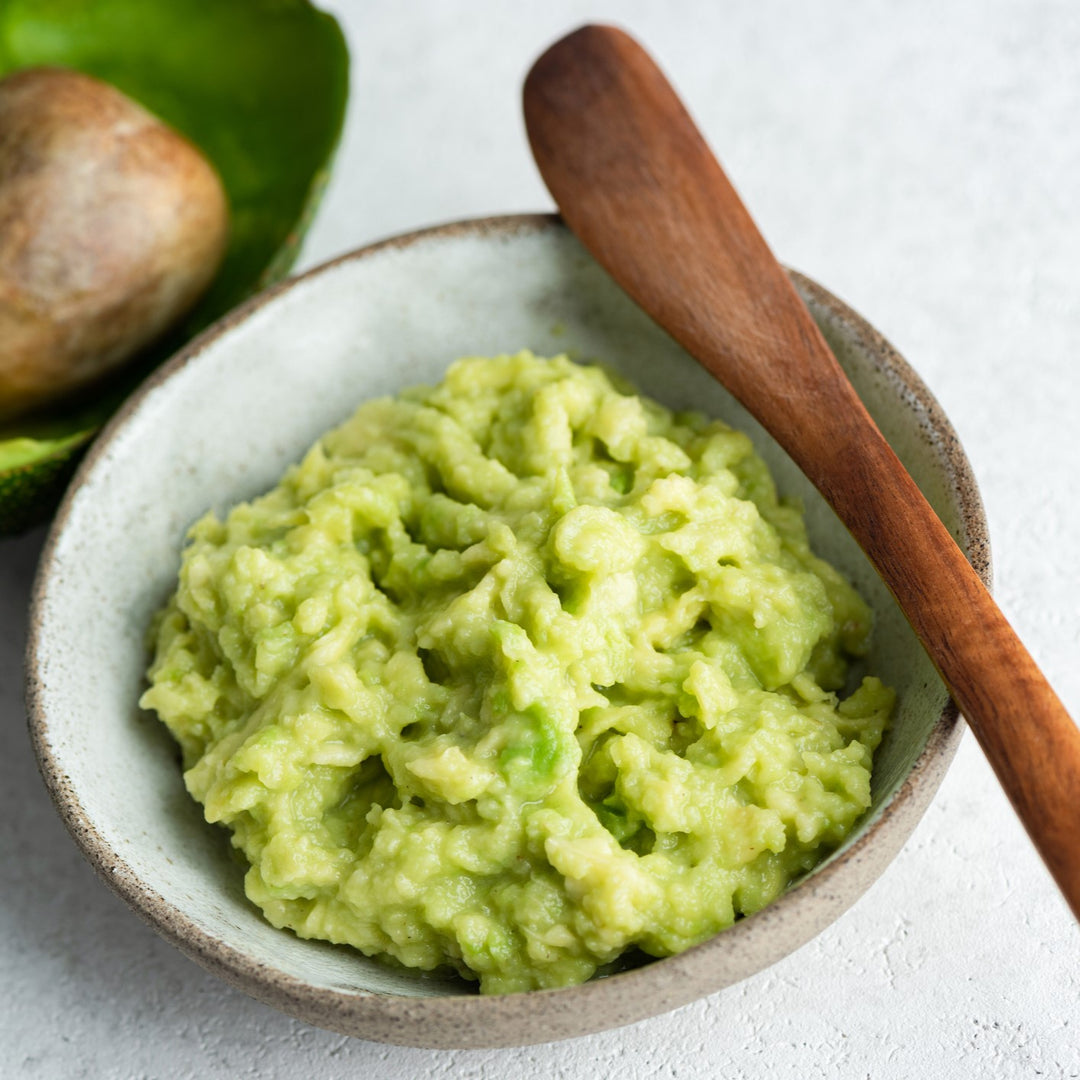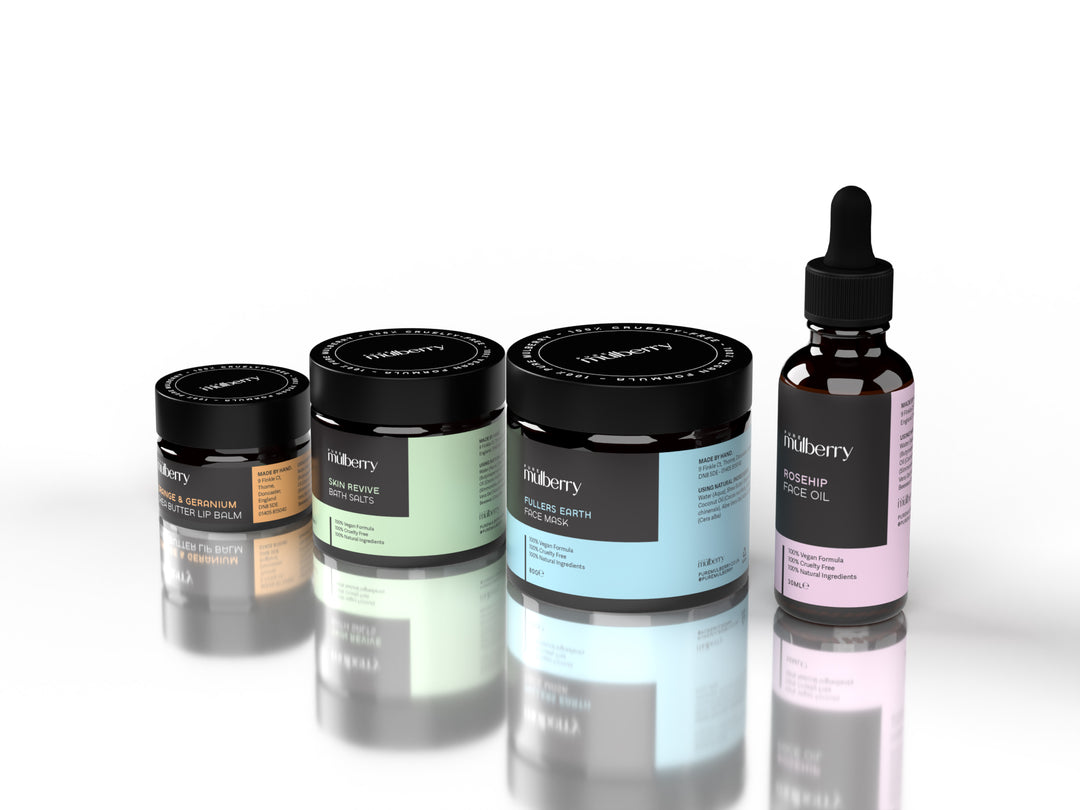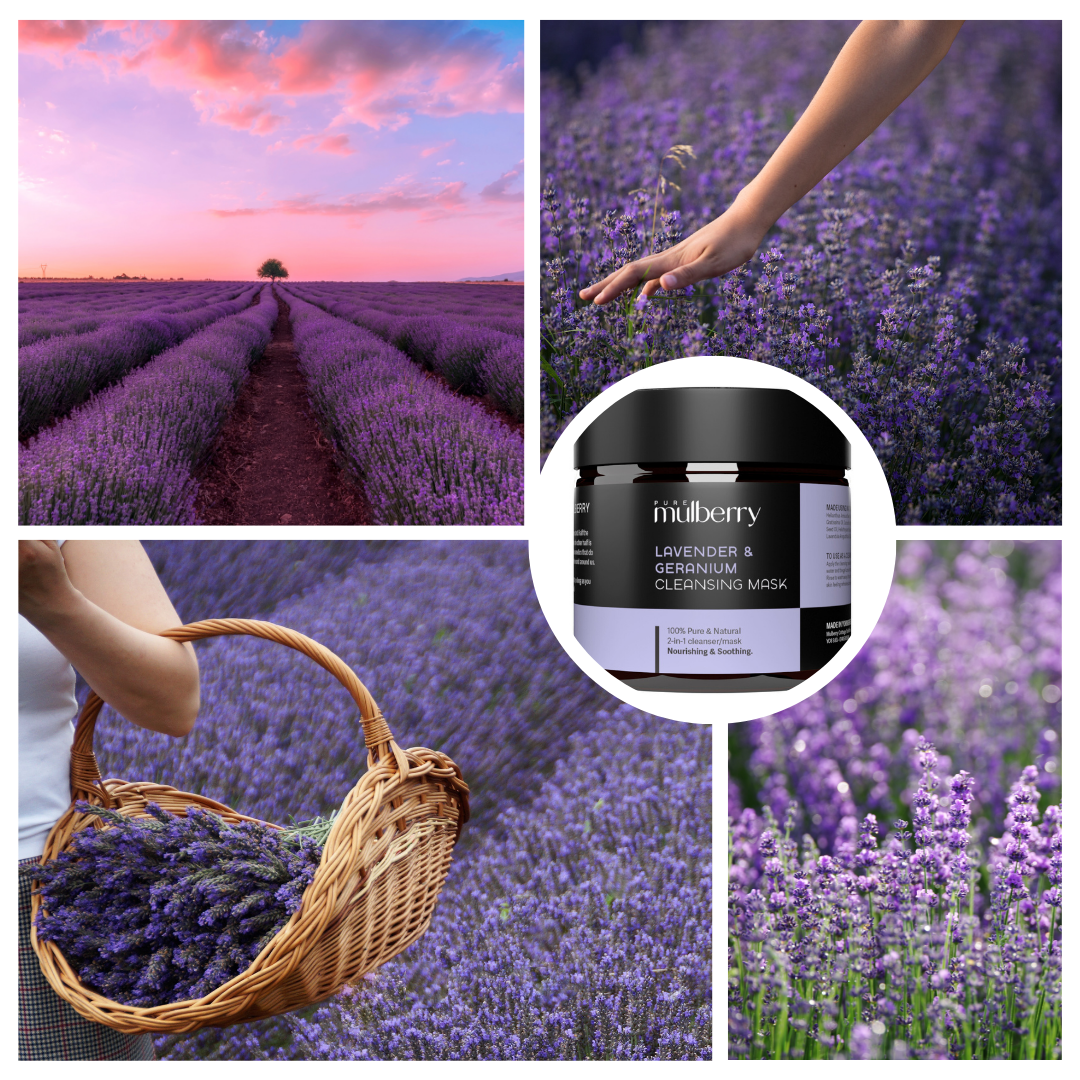Gallery
Nature’s Healer: The Power of Lavender
As someone who’s been obsessed with lavender for as long as I can remember, I was shocked to discover that some people actually hate it. Yes, hate it! Lavender, much like Marmite, is one of those love-it-or-hate-it things. And while my instinct is to add lavender to just about everything at Pure Mulberry, I’ve learned to restrain myself—for everyone’s sake.
Let’s be real: if you’re not a fan of the scent, no amount of persuasion will change your mind. But I can’t help but share the incredible benefits of this little purple powerhouse. Not only does lavender have a wonderfully calming aroma, but its soothing colour is also said to promote relaxation—just like the beautiful colour of amethyst crystals. Speaking of which, I recently visited the Crystal Castle in Australia, and let me tell you, the energy there is something else.
But back to lavender! This herb isn’t just a pretty face; it’s a survivor. Lavender produces oil as a defence mechanism during droughts, and this oil is packed with goodness. You know that delightful scent when you brush against lavender in the summer? That’s the plant’s tiny oil glands releasing their magic.
Well known for its calming properties we use it at Pure Mulberry in many products including creams and candles with its soothing properties. Teamed with geranium it is our signature scent.
Throughout history, lavender has been celebrated as nature’s first-aid kit. The ancient Greeks and Romans swore by it, using it for everything from insect bites to battle wounds. Fast forward to the 19th century, and lavender was being hailed as a ‘cure-all’ for nearly any ailment. It’s no wonder lavender oil is still cherished today for its ability to calm the mind, ease tension, and even help with sleep and snoring.
Lavender’s healing powers don’t stop there. It’s an incredible insect repellent and a go-to for treating burns, sunburns, and even skin conditions like eczema and acne. Plus, it’s known to help with everything from migraines to high blood pressure. Seriously, is there anything lavender can’t do?
Now, let’s take a quick trip through time. Lavender’s roots are a bit of a mystery, but it’s been revered for its fragrance and healing properties since ancient civilizations. When Tutankhamun’s tomb was opened after 3,000 years, traces of lavender were found inside, still holding a faint scent. That’s some staying power!
Lavender first made its way into Europe through Arabia, prized for its antiseptic qualities and luxurious perfume. The Romans, who adored their lavender baths, likely introduced the herb to England, where it became a staple in medicinal gardens and English folklore. People would hang lavender crosses on their doors to ward off evil spirits and even used it during the Great Plague to protect against infection.
Lavender isn’t just for medicine, though—it’s also a culinary gem. English Lavender (L. angustifolia) has the sweetest scent and is perfect for cooking. A few drops of lavender essence can transform a simple dish, softening the tartness of fruits like rhubarb or adding a unique twist to jams and shortbreads. But remember, a little goes a long way!
So, whether you’re a lavender lover like me or just lavender-curious, there’s no denying this herb’s incredible versatility and history. From skincare to kitchen experiments, lavender is truly nature’s healer—and it’s here to stay.







Leave a comment